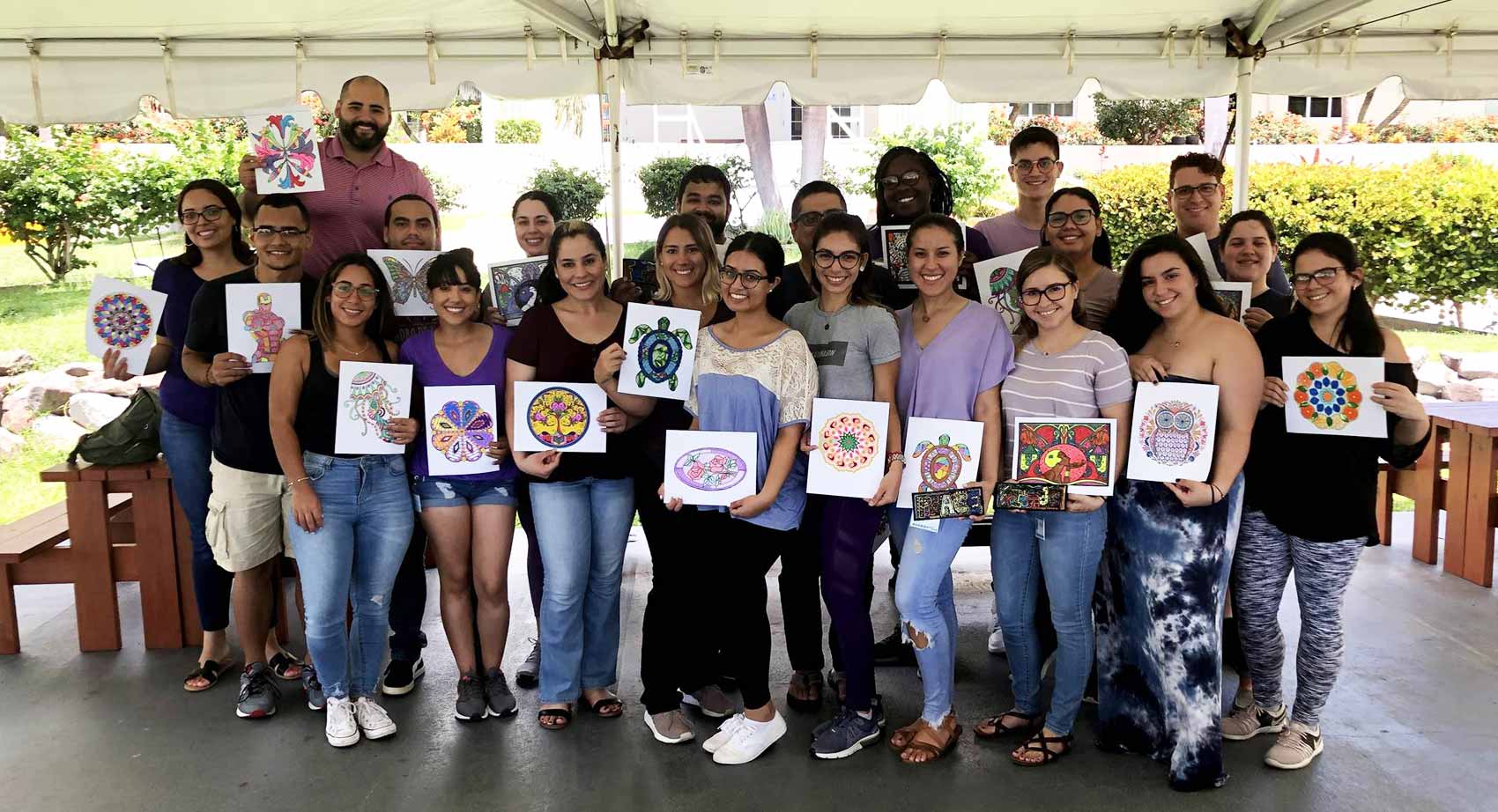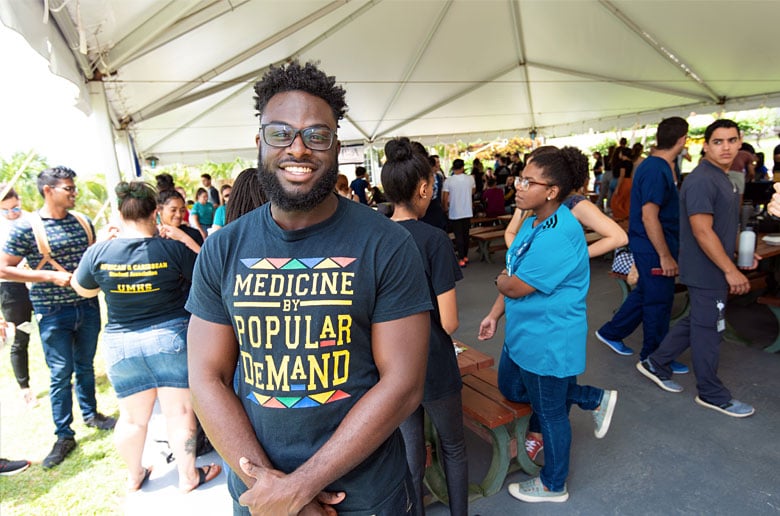Electives
UMHS Elective Program
UMHS offers an elective program in addition to the Basic Sciences Program. The elective program provides unique learning opportunities to augment the students’ general knowledge base and enhance the students’ perspectives on cultural, historical, and practical aspects of medicine. The elective program has by-design minimal requirements for completion to ensure non-interference with the medical school curriculum.

Intro to Medical Art Therapy class
Medical Research
UMHS offers the Medical Research elective to allow students to engage in research activities. Motivated students interested in research with a history of strong academic performance may enroll in a 1-2 semester Medical Research elective course. This will allow them to develop a research project under the mentorship of UMHS faculty members.
The research elective course is a two-credit course for students interested in biomedical research. Students will be introduced to the fundamentals of hypothesis, methodologies, and experimentations executed to answer the questions offered to UMHS students through exposure to research problems-research questions, test hypotheses, and appropriate analysis of data. The outcome of this research will be presented in the form of a poster and an oral presentation at the UMHS Annual Research Conference.

Read our blog
Explore our extensive archive of helpful blog posts, resources, and articles for prospective and current medical students.









